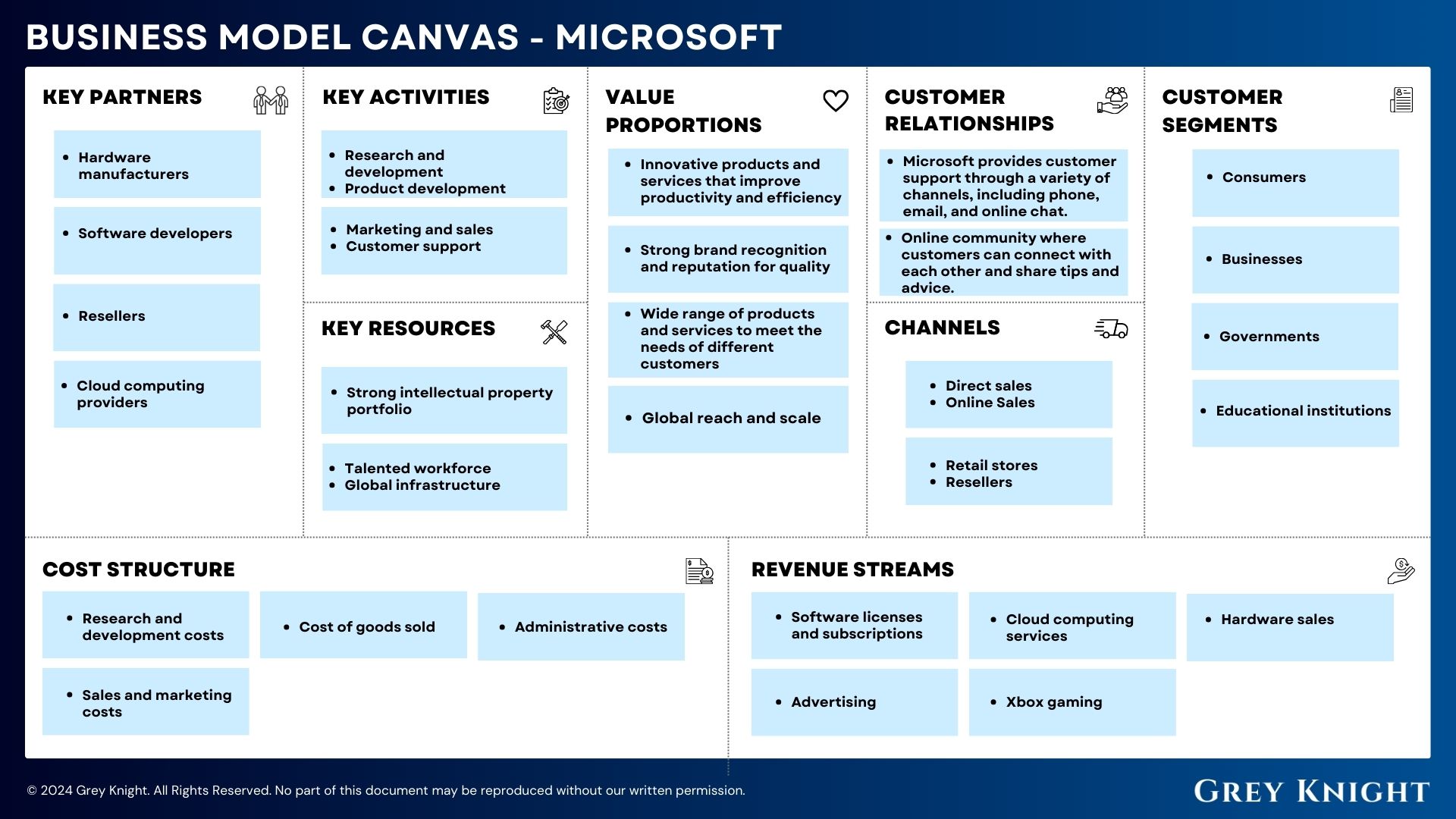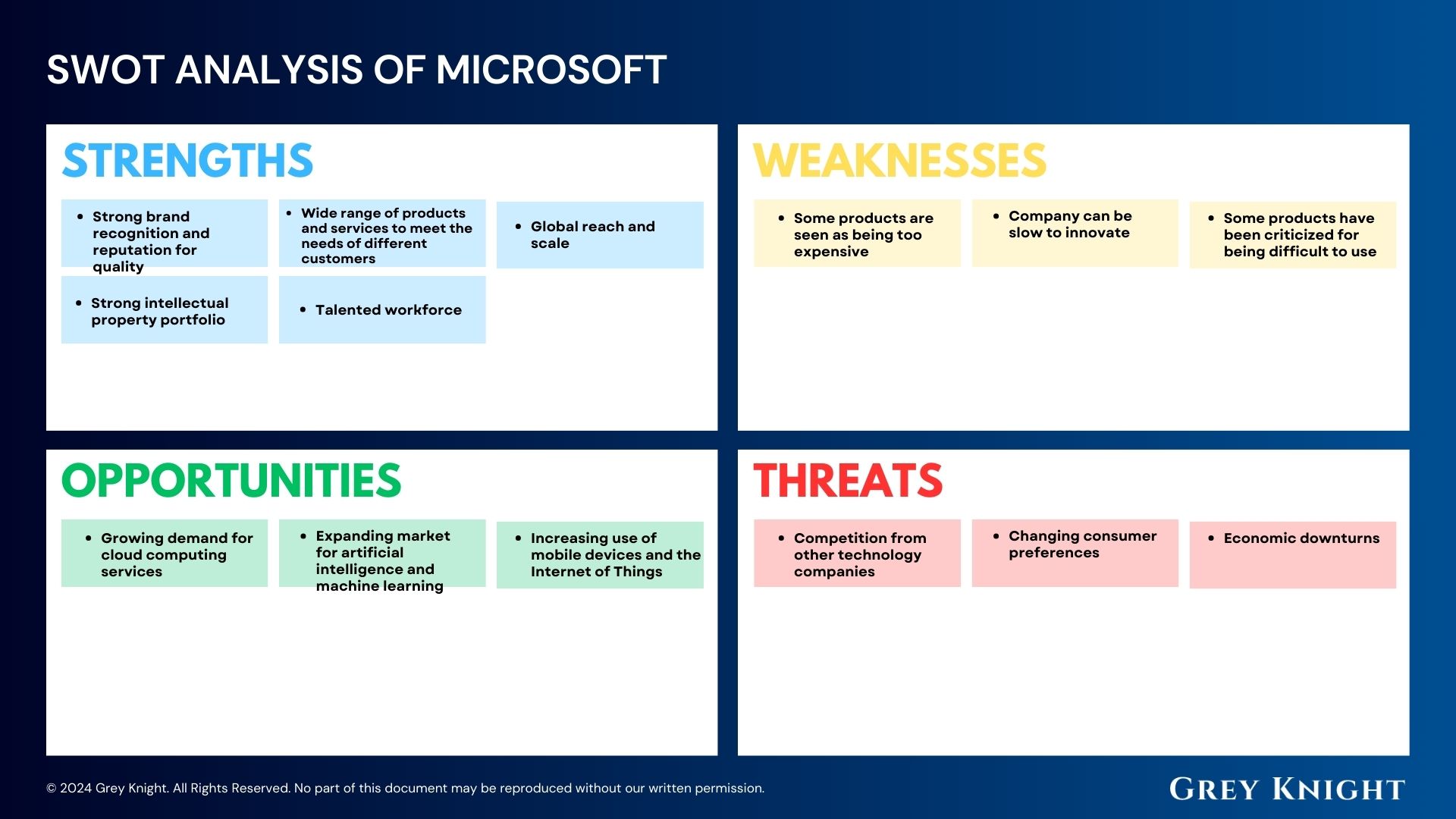Table of Contents
ToggleA Brief History of Comcast
Comcast Corporation was founded in 1963 by Ralph J. Roberts, Daniel Aaron, and Julian A. Brodsky in Tupelo, Mississippi. Originally named American Cable Systems, the company began as a small cable operator, providing cable television services to rural areas.
In 1986, the company adopted the name Comcast Corporation and began its expansion into major metropolitan areas, acquiring a number of cable television systems throughout the United States. Over the years, Comcast continued to grow through a series of mergers and acquisitions, including the purchase of AT&T Broadband in 2002, which made Comcast the largest cable operator in the United States.
Comcast further expanded its services and reach with the acquisition of NBCUniversal in 2011, which gave the company a significant presence in the entertainment industry. With this acquisition, Comcast became a major player in cable television, broadcasting, film production, and theme parks.
Today, Comcast Corporation is one of the largest telecommunications and mass media companies in the world, providing a wide range of services including cable television, internet, telephone, and entertainment. The company continues to innovate and expand its offerings, solidifying its position as a leader in the industry.
Who Owns Comcast ?
Comcast Corporation is owned by its shareholders, who collectively own the company through their shares of stock. The largest shareholders of Comcast Corporation are typically institutional investors, such as mutual funds and pension funds, as well as individual investors who own significant amounts of the company’s stock. As of the most recent available data, the top 10 shareholders of Comcast Corporation are:
1. Vanguard Group, Inc.
2. BlackRock, Inc.
3. State Street Corporation
4. Capital World Investors
5. Wellington Management Company, LLP
6. Geode Capital Management, LLC
7. Bank of America Corporation
8. Northern Trust Corporation
9. Morgan Stanley
10. JPMorgan Chase & Co.
These shareholders hold significant stakes in Comcast Corporation, and their ownership and investment in the company play a key role in its overall ownership and governance.
Comcast Mission Statement
Comcast Corporation’s mission is to provide customers with the best in entertainment, communication, and information services. They aim to create innovative and reliable products and services that meet the needs of their customers and enhance their lives. Additionally, they strive to create a positive impact in the communities they serve through investment, innovation, and collaboration. Comcast is committed to delivering exceptional customer experiences and continuously improving their offerings to exceed customer expectations.
How Comcast Makes Money?
Comcast Corporation operates primarily in the telecommunications and media industry, offering a range of services such as cable television, internet, and phone services. The company generates revenue through subscription fees for its various services, as well as through advertising on its television and digital platforms. Additionally, Comcast has expanded its business model to include content creation and distribution through its ownership of NBCUniversal. This allows the company to generate revenue through the production and distribution of films, television shows, and digital content. Furthermore, Comcast has also entered the theme park and entertainment industry through its ownership of Universal Studios. Overall, Comcast Corporation’s diversified revenue streams allow it to generate income through a variety of channels within the media and entertainment sector.
Comcast’s Business Model Canvas
The Business Model Canvas is a strategic management tool that provides a visual representation of a company’s business model. It allows businesses to easily identify key components of their business and understand how they all work together to create value for the company. The canvas consists of 9 key elements including Customer Segments, Value Propositions, Channels, Customer Relationships, Revenue Streams, Key Resources, Key Activities, Key Partners, and Cost Structure. In this business model canvas for Comcast Corporation, we will explore each element in detail.
Customer Segments:
1. Residential customers: Individuals and households who purchase Comcast’s cable television, internet, and phone services.
2. Business customers: Small, medium, and large businesses that use Comcast’s Business Internet, Voice, and TV services.
3. Government and Education: Comcast provides services to government and educational institutions.
Value Propositions:
1. Wide range of services: Comcast offers a variety of services including high-speed internet, cable TV, home security, and phone plans.
2. Advanced technology: Comcast is known for its advanced technology including the X1 entertainment platform and Gig-speed internet.
3. Customer service: Comcast aims to provide excellent customer service to its customers through various channels.
Channels:
1. Retail stores: Comcast has retail stores where customers can purchase and inquire about services.
2. Online platform: Customers can access and purchase Comcast’s services through its website.
3. Call centers: Customers can also contact Comcast through its customer service hotlines.
Customer Relationships:
1. Personal assistance: Comcast focuses on providing personalized assistance to its customers through its customer service representatives.
2. Self-service: Customers can manage their accounts and services online through Comcast’s website and mobile app.
3. Community engagement: Comcast engages with its customers through social media and community events.
Revenue Streams:
1. Monthly subscription fees: Comcast generates revenue through monthly subscription fees for its services.
2. Equipment rental fees: Customers also pay rental fees for equipment such as cable boxes and modems.
3. Advertising revenue: Comcast generates revenue through advertising on its cable TV networks.
Key Resources:
1. Network infrastructure: Comcast has invested in building a robust network infrastructure to deliver its services.
2. Technology: Comcast has developed and invested in advanced technology to provide innovative services to its customers.
3. Brand and reputation: Comcast’s brand and reputation are key resources that help it attract and retain customers.
Key Activities:
1. Service delivery: Comcast’s key activity is delivering its services to customers through its network infrastructure.
2. Customer service: Comcast invests in training and developing its customer service representatives to provide excellent support to its customers.
3. Product development: Comcast continuously works on developing and improving its services and technology.
Key Partners:
1. Content providers: Comcast partners with various content providers to offer a wide range of TV channels and on-demand content.
2. Equipment manufacturers: Comcast partners with equipment manufacturers to provide the necessary hardware and devices for its services.
3. Local and state governments: Comcast works with local and state governments to obtain licenses and permits for its operations.
Cost Structure:
1. Network infrastructure: Comcast incurs costs in building and maintaining its network infrastructure.
2. Content acquisition: Comcast pays fees to content providers for the rights to offer their channels and content.
3. Customer service: Comcast invests in training and staffing its customer service teams, incurring costs for salaries and training programs.
Comcast’s Competitors
Comcast Corporation faces stiff competition in the telecommunications and media industries from a range of companies. Its top 5 competitors include:
1. AT&T
2. Charter Communications
3. Verizon Communications
4. Dish Network
5. Netflix
These companies offer a range of services including cable TV, internet, and streaming content, and pose a significant challenge to Comcast’s market dominance. With the constant evolution of technology and consumer preferences, Comcast Corporation must continuously innovate and adapt to stay competitive in the industry.
Comcast SWOT Analysis
Strengths:
1. Strong market presence and brand recognition
2. Diversified product and service offerings
3. Broad customer base
4. Extensive network infrastructure and technological capabilities
Weaknesses:
1. Negative reputation for customer service
2. Limited geographical reach in comparison to some competitors
3. Dependence on cable and broadband services for revenue
4. High debt levels and interest payments
Opportunities:
1. Expansion into new markets and regions
2. Growth in streaming and on-demand content
3. Potential for expansion into telecommunications and wireless services
4. Acquisition and partnerships to enhance offerings
Threats:
1. Intense competition from alternative providers and streaming platforms
2. Regulatory and legal challenges in the industry
3. Rapidly changing technology and consumer trends
4. Cord-cutting and declining cable subscriptions.
Concluding Analysis
In examining the business model of Comcast Corporation, it is clear that the company’s focus on diversifying its offerings and expanding into new markets has been a successful strategy. The company’s ability to adapt to changing technologies and consumer behaviors has allowed it to remain competitive in the ever-evolving media and telecommunications industry. As an analyst, I am optimistic about the future of Comcast. With its strong financials and commitment to innovation, I believe the company is well-positioned to continue its growth and success in the years to come. The company’s strategic partnerships and investments in digital content and streaming services will play a key role in shaping the future of the business. Overall, I see a promising road ahead for Comcast and look forward to witnessing its continued evolution in the market.
Additional Resources
To keep learning and advancing your career, we highly recommend these additional resources:
Business Model Canvas of The Top 1,000 Largest Companies by Market Cap in 2024
A List of 1000 Venture Capital Firms & Investors with LinkedIn Profiles
Peter Thiel and the 16 Unicorns: The Legacy of Thiel Fellowship












